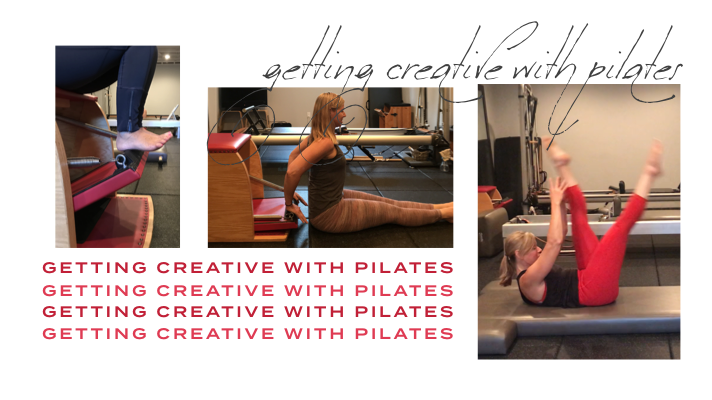
People sometimes get the wrong impression that Pilates is just a prescribed set of repetitive exercises. This couldn’t be further than the truth! This really hit home for me over the summer, while I’ve been getting creative with Pilates in a teacher challenge.
The challenge started when my friend Hilary Opheim was discussing rib cage tightness with a friend, and how it could be addressed. They realized that there are many Pilates-based approaches; each teacher addressed it differently, through different movements or apparatus.
So, over the past few weeks we have asked each other how to tackle: rib cage tightness, thoracic spine mobility, shoulder mobility, and limited dorsiflexion of the foot or feet. Then each instructor posts our solutions on social media. To see the different approaches, look for #pilateschallenge2020 and #howmuchjoedoyouknow on your feed, and follow @hilaryopheim.
Are you a Pilates teacher who wants to participate? Follow Hilary, and then DM her each week to find out the issue we are tackling!
It’s been fun to get my mind going to find a solution to the topic. It’s also interesting to see what each teacher comes up with; so far we have all come up with different approaches! It is because Pilates works the entire body and all of the muscles (even the teeny tiny ones), that there can be such varied approaches within the same discipline. Boring? No way.
Pilates Gives You Bonus Points
Pilates is always giving out bonus points! Since getting creative with Pilates, I’ve started creating themes for my weekly mat classes that I post in “Sweat with Melissa” on the b.Pilates & Fitness App.
Anyone doing Pilates benefits from bonus points, too. For example, if we are addressing shoulder mobility, we will likely work on chest tightness, upper back strength, and improving posture. The same thing happens when we are doing an exercise that appears on the surface to be working just one body part. If you look closer, you will realize that the exercise is doing multiple things for your body.
That’s Pilates for you! In each exercise there will be a component of strengthening, stretching, and mobilizing. The more you become aware of how you are moving or using your body the more you will realize what you can change to help yourself become stronger or more controlled in a movement.
When you start using all of your muscles in an exercise, it will get both easier and more difficult. Yes, you read that right. On the one hand, using more muscles at once means you are putting out more effort for each movement. On the other, using more muscles will make it easier to execute certain exercises. You may even soon find yourself “getting” an exercise that you once struggled with, as you figure out how to use more of your body.
This is one of the many things I love about Pilates: I’m always discovering more about my body and how to move it.
Follow us on Instagram to see how we are getting creative with Pilates this week: @b.pilates & @hilaryopheim